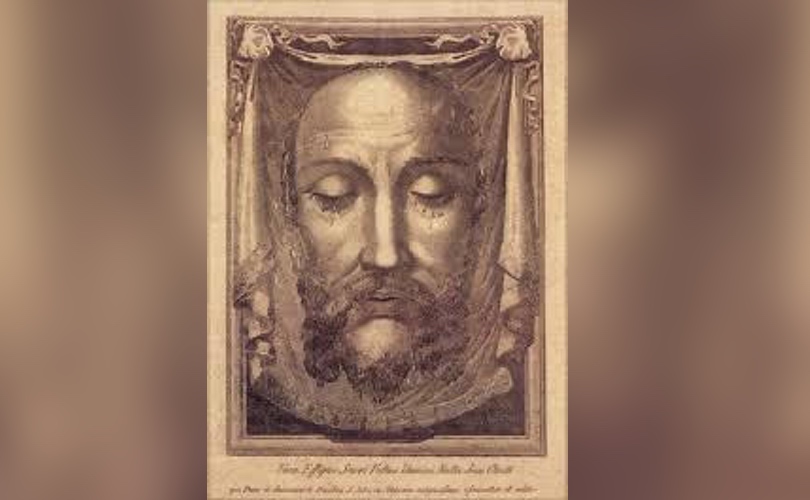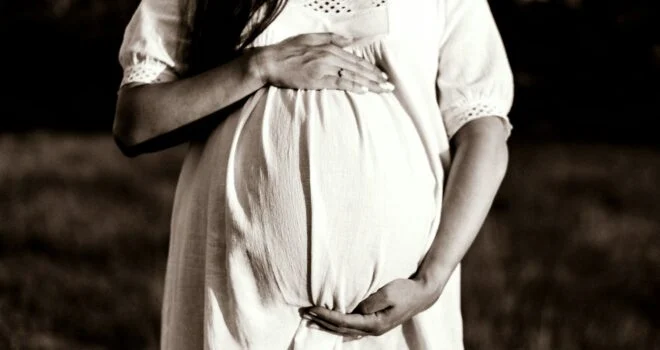“The Catholic does not shrink from the world’s boundless horizon, and he does not abandon a supposedly ‘secularized age’ for some safe inner sanctum; rather, he robustly spells out everything—Church and world—using the alphabet he has learned from Christ.”—Hans Urs von Balthasar1
Secular Modernity and the Divisions in the Church, by Rodney Howsare

For Kamala Harris, Abortion Isn’t About Freedom; It’s About Force, by Laura Hollis
October 26, 2024
Saint of the Day for October 28: Sts. Simon and Jude (1st Century)
October 28, 2024
Cross. Image: Louis Moncouyoux/Unsplash.com
By Rodney Howsare, Catholic World Report, Oct. 26, 2024
Rodney Howsare is Professor of Theology at DeSales University, where he has taught for 25 years. His books include Hans Urs von Balthasar and Protestantism and Balthasar: A Guide for the Perplexed. His articles have appeared in various journals including, Communio, Nova et Vetera, and Pro Ecclesia. He is currently working on an annotated version of G. K. Chesterton’s Orthodoxy.




